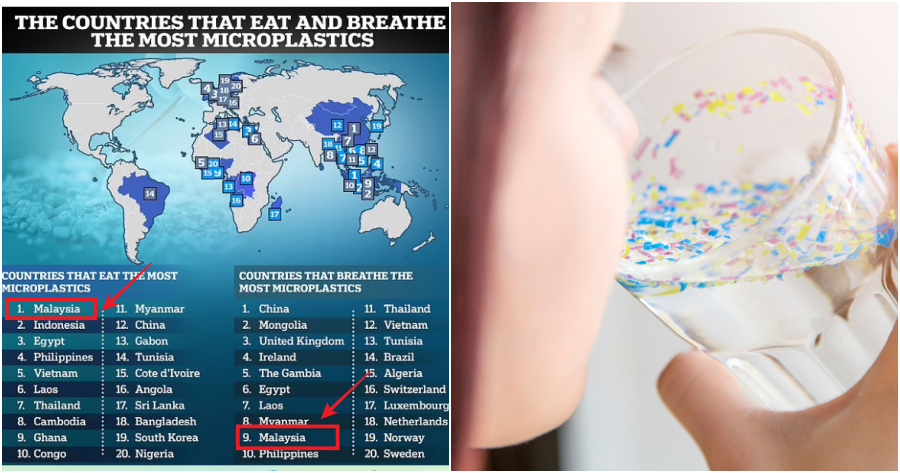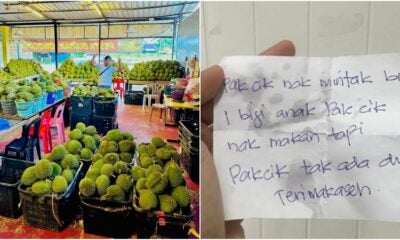Did you know that when you season your food, you might be sprinkling hundreds of microplastics? And we all know Malaysians love to season their food!
A recent study shared by the Daily Mail shows which countries are consuming and inhaling in the most microplastics that is defined as particles smaller than 5mm.
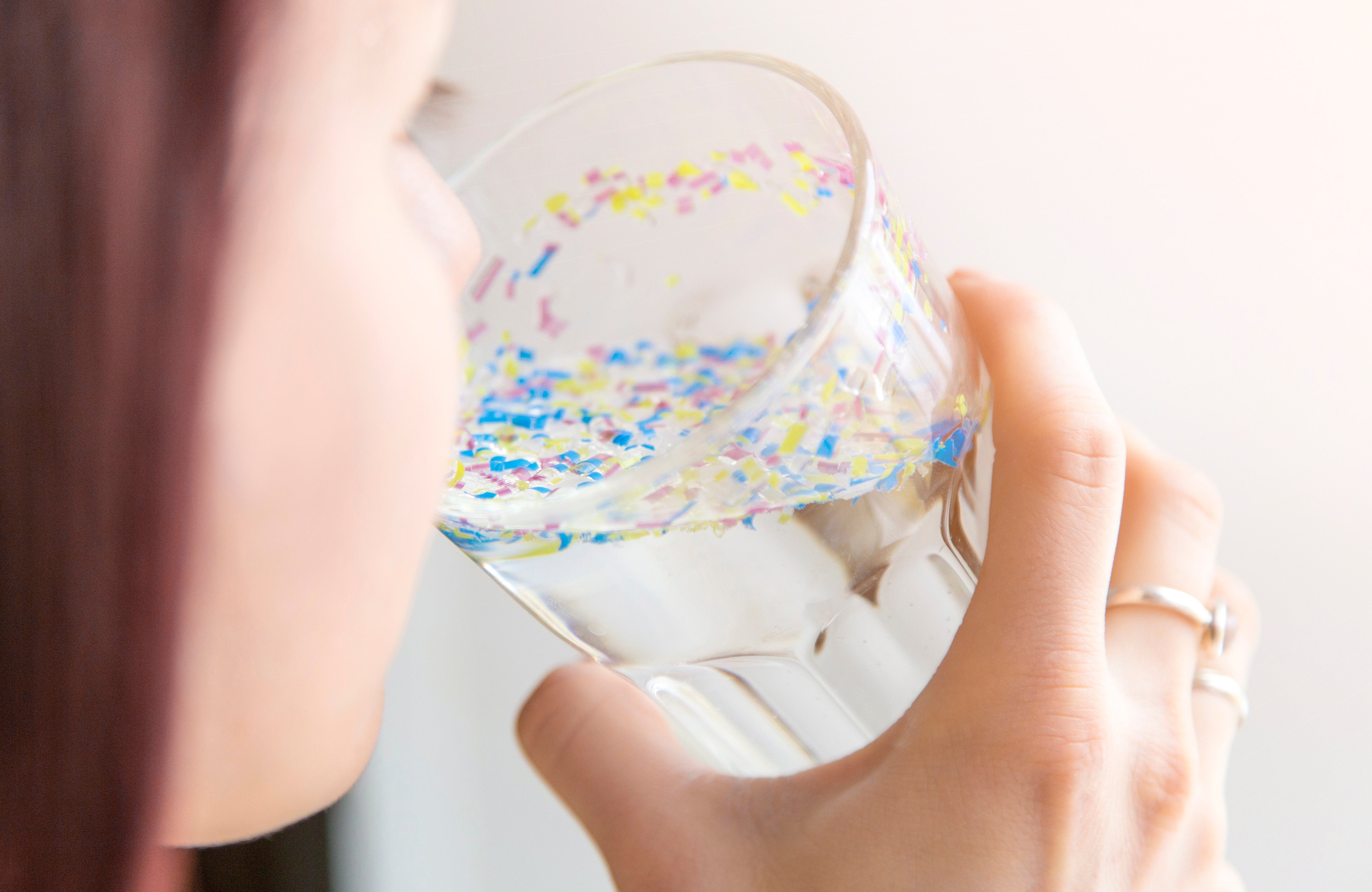
For illustration purposes only
Malaysia secures 1st place among the countries that consume the most microplastics
Scientists estimated the amount of plastic people in 109 countries are consuming. This is due to untreated plastic waste breaking down and spreading into the environment.
Turns out, Malaysians top the list, eating about 15 grams of microplastics each month, more than any other country, and most of these plastic bits come from seafood and other aquatic sources. Indonesia comes in 2nd place, while Egypt ranks 3rd among the top 20.
The study by Environmental Science & Technology, considers each country’s eating habits, food processing technologies, age demographics, and breathing rates, all of which affect how much microplastics people end up consuming.
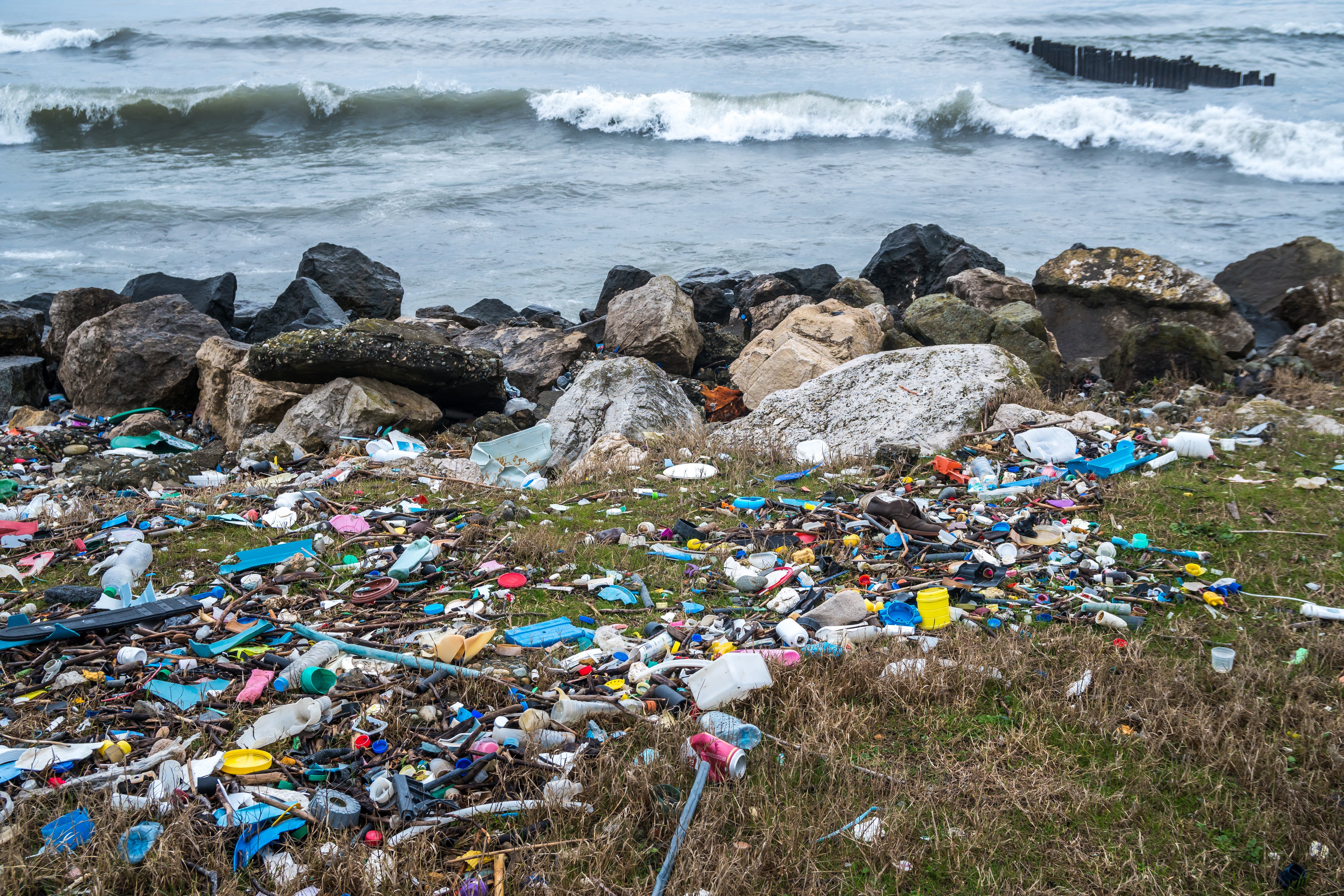
For illustration purposes only
Malaysia ranks the 9th spot for BREATHING the most microplastic
While China ranks 12th for microplastic consumption, they breathe in more microplastic dust than anyone else, putting them in the top spot. Mongolia closely follows in 2nd place, with both countries breathing in around 2.8 million particles per day.
United Kingdom and Ireland are tied for 3rd, with people breathing around 791,000 microplastic particles every day. While Malaysia also secured a spot on the list, ranking in 9th.
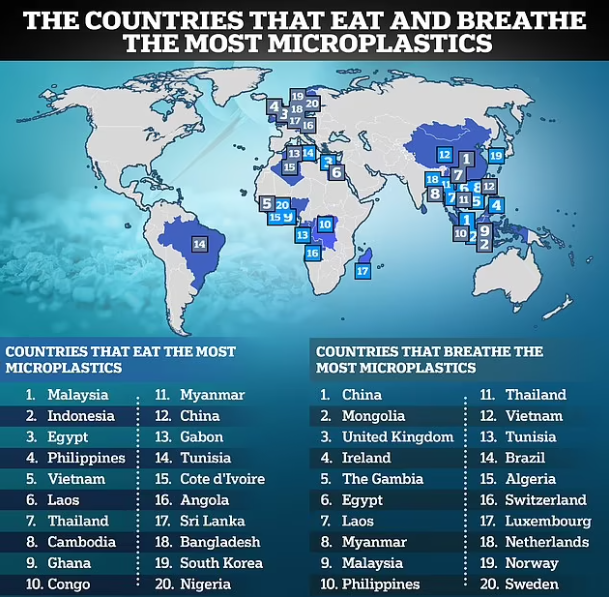
Microplastic is a risk to public health!
Fengqi You, the Roxanne E. and Michael J. Zak Professor in Energy Systems Engineering at Cornell University pointed out that how much microplastics countries absorb is a crucial indicator of plastic pollution and its risks to public health.
Researchers collected data on the amount of microplastics present in various types of food, such as fruits, vegetables, meats, grains, dairy products, beverages, sweets, salt, and spices.
With that said, let’s work together to reduce plastic waste and protect public health in Malaysia!
Also read: Indonesia Overtakes Malaysia as 2nd Best ASEAN Nation in Global Tourism Development Ranking

